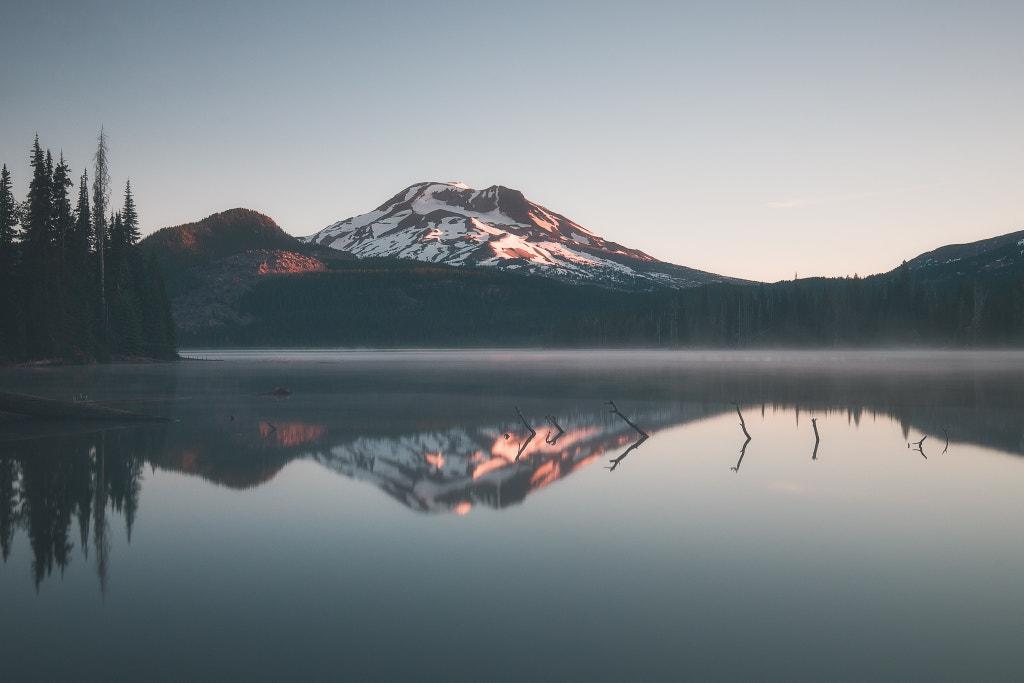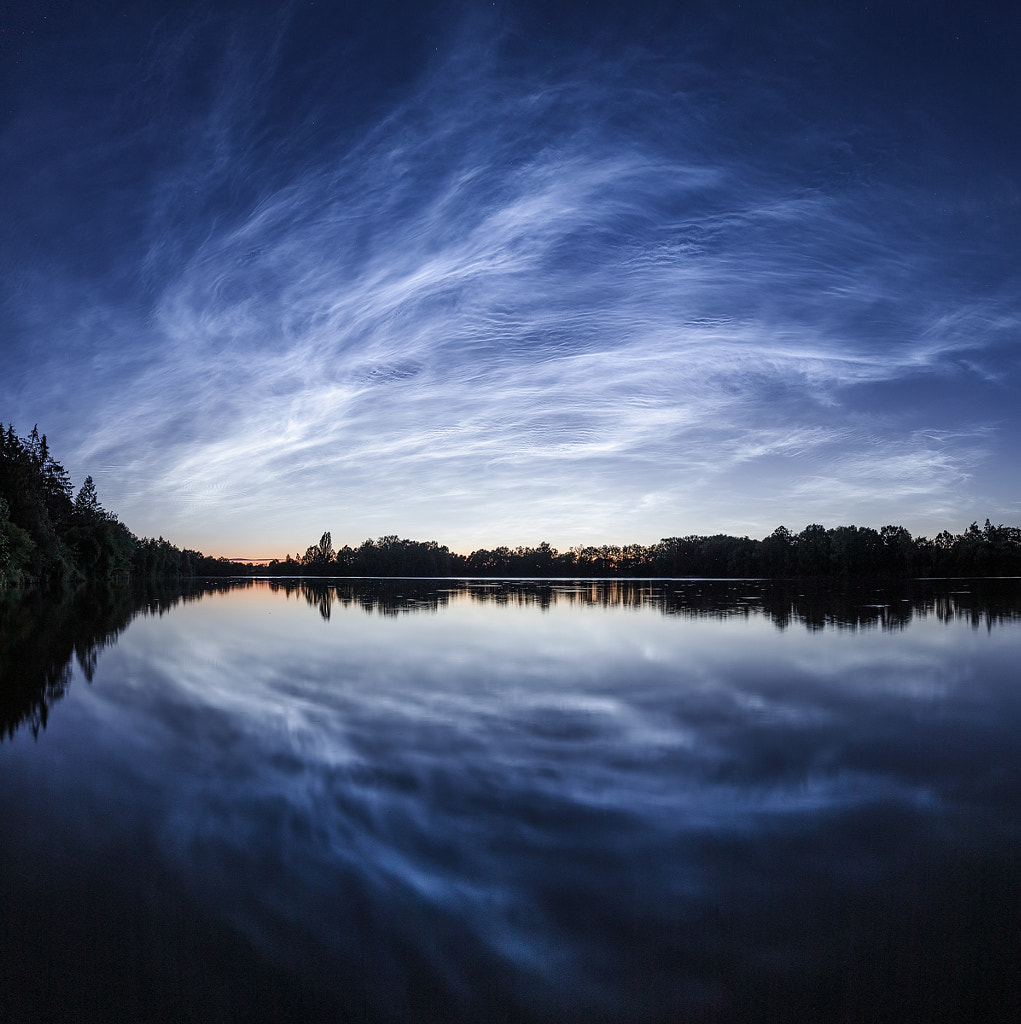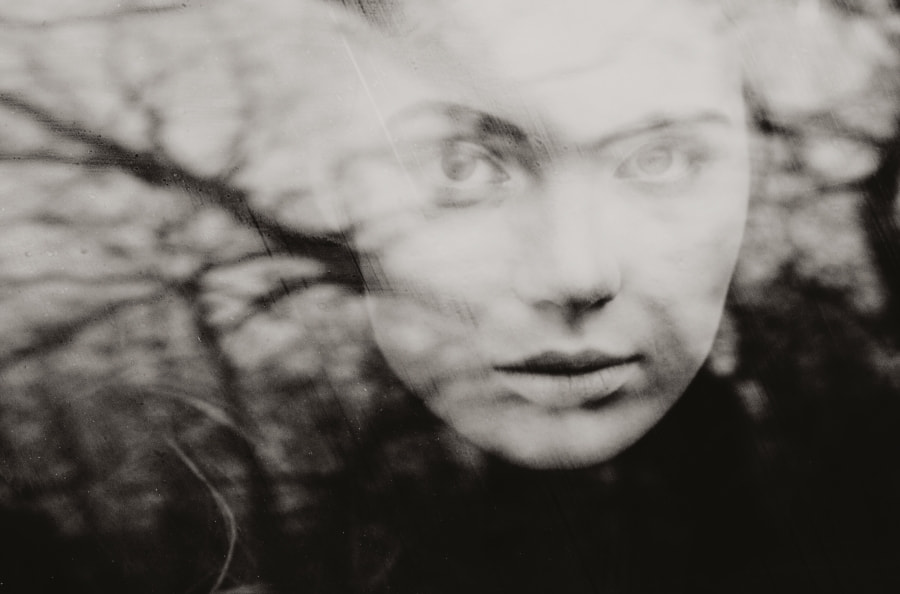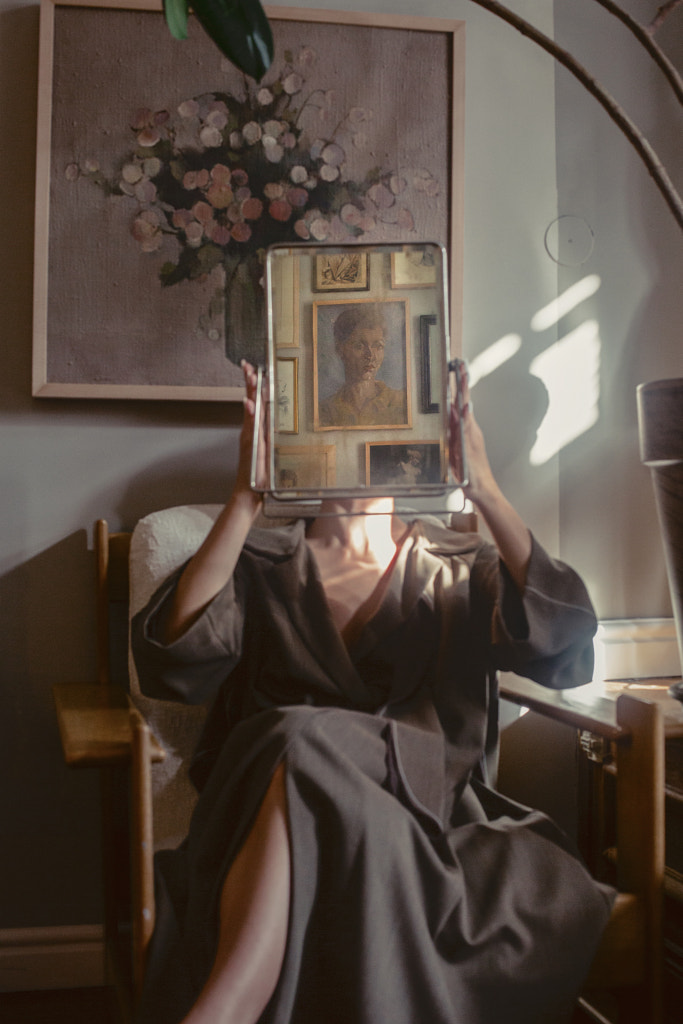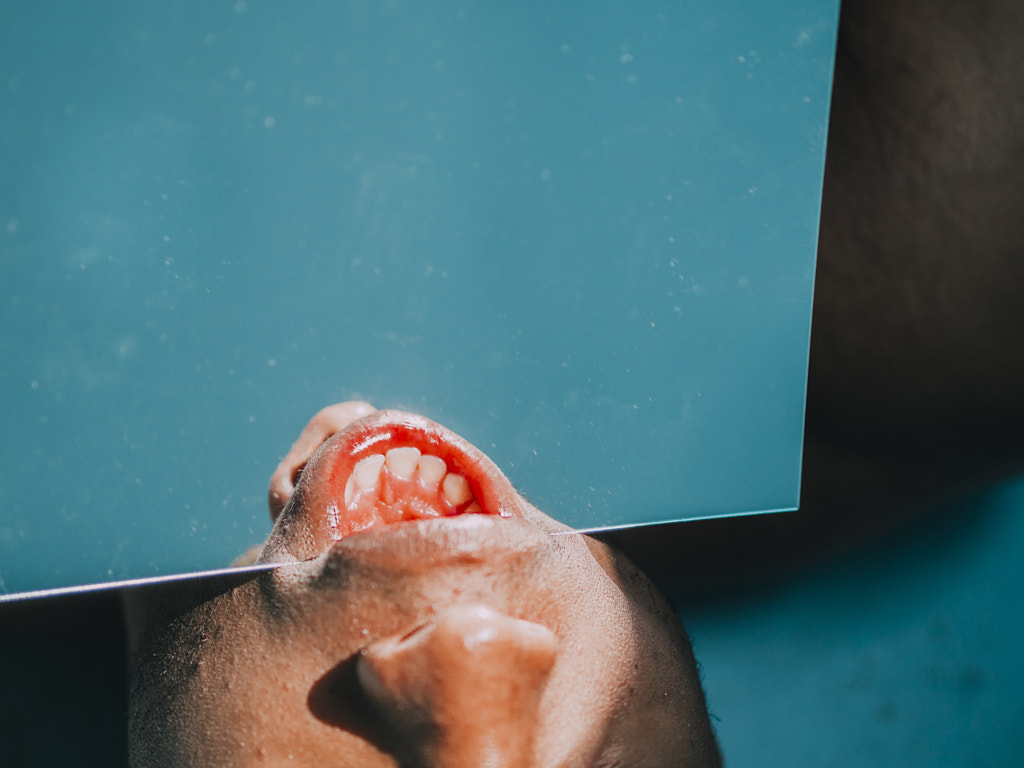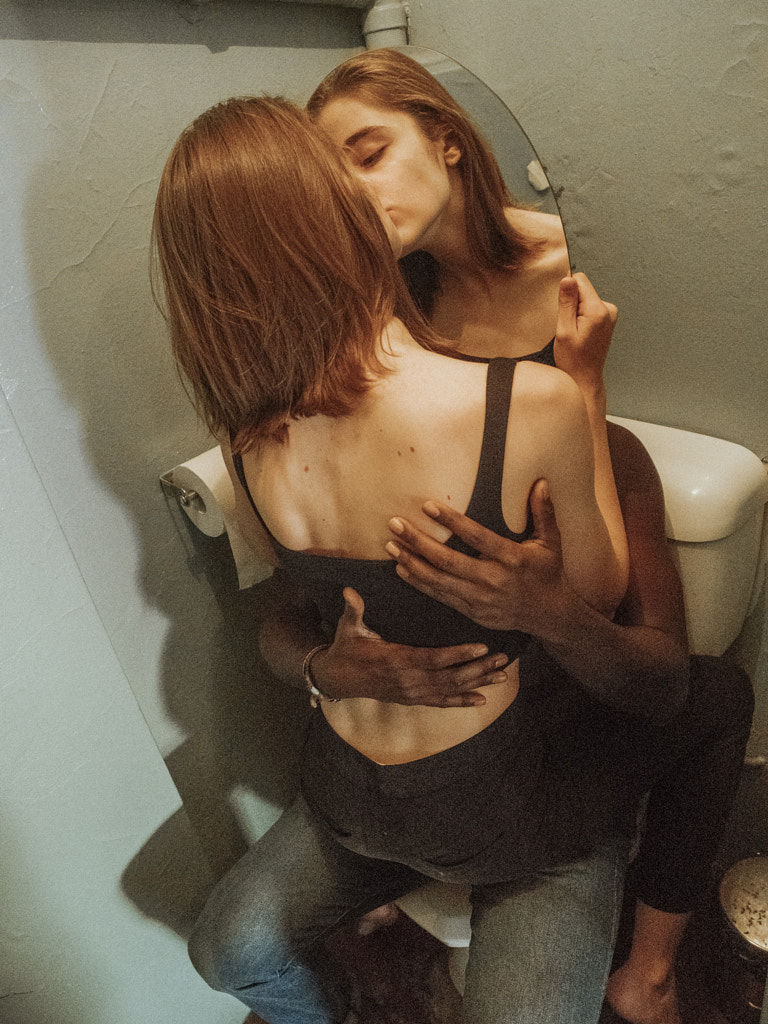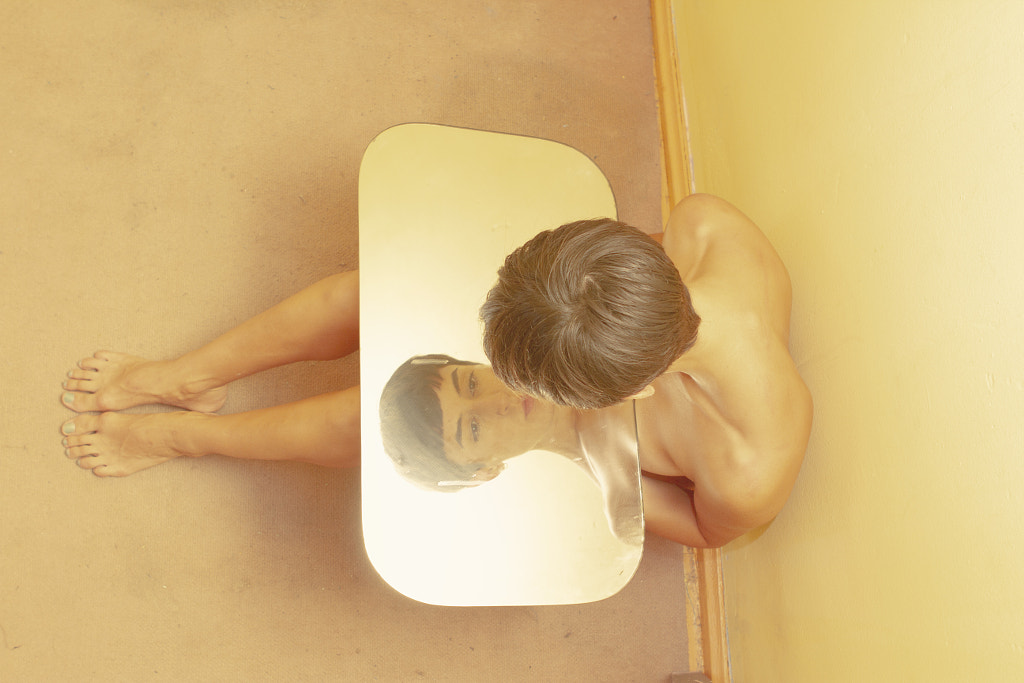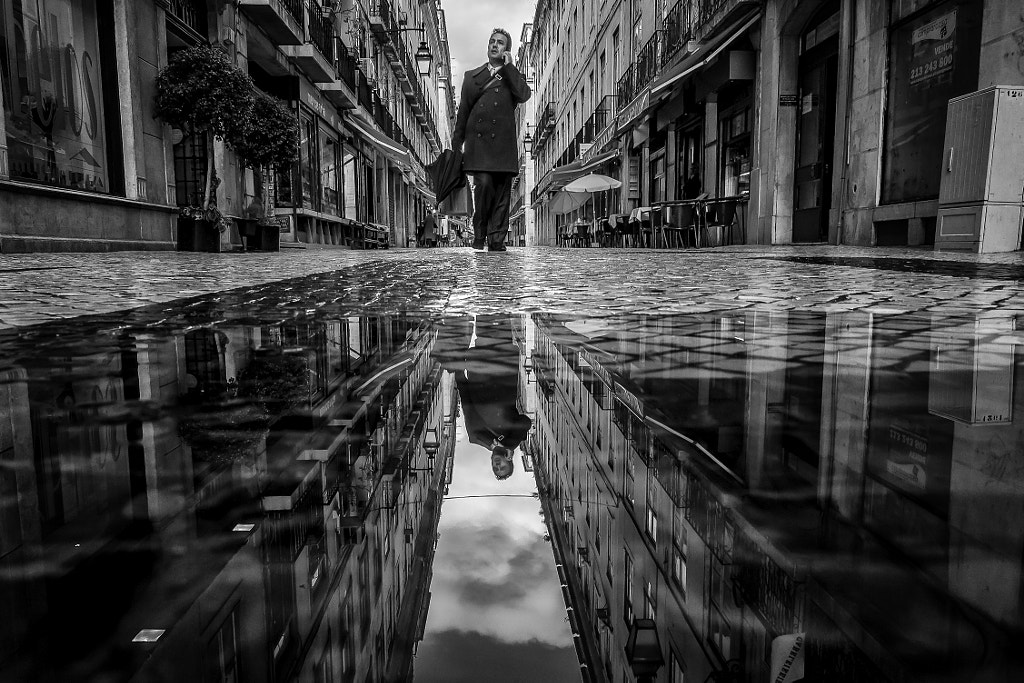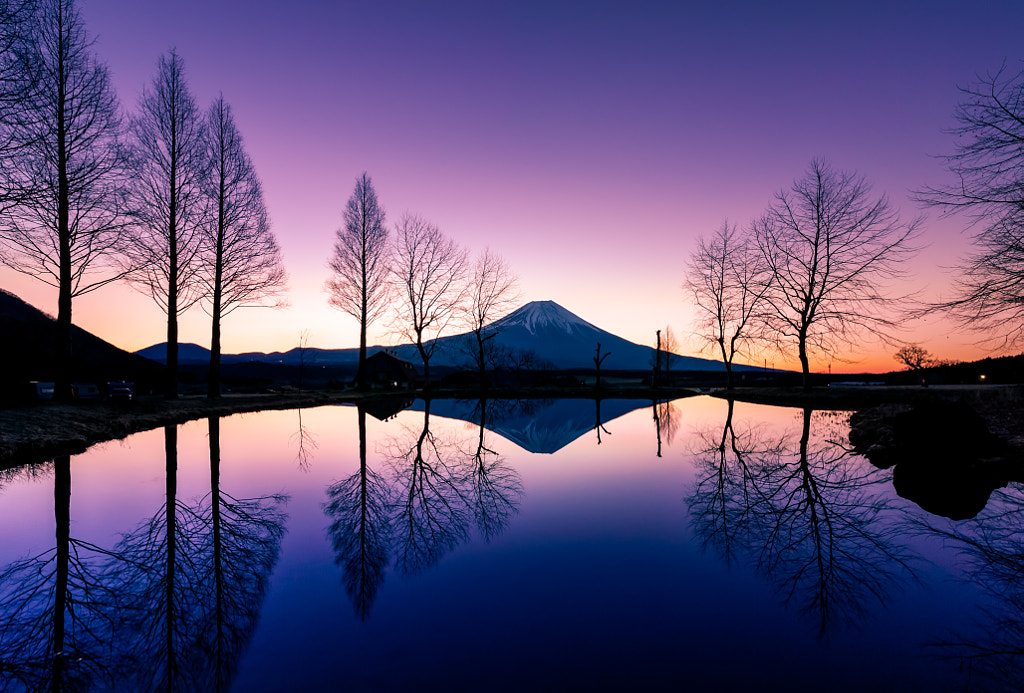Utilizing the magic of reflections to raise your pictures

In Namibia, Marsel van Oosten captures the mirror picture of a springbok, pausing to drink at a watering gap within the afternoon mild. On a snowy morning on Lake Kawaguchiko, Loic Lagarde captures the proper reflection of Mount Fuji within the nonetheless water. And at Germany’s Rakotzbrücke Satan’s Bridge, Kilian Schonberger pictures a fairytale setting in full bloom.
Once we discuss reflections in pictures, a few of these discussions are about avoiding them for concern of distracting glare (that’s what lens hoods and polarizing filters are for, in spite of everything). However the fact is that reflections are additionally a artistic pictures software, and when used properly, there’s nothing fairly just like the impact they create.
Browse social media for trending hashtags like #reflectionphotography, #reflection_shotz, #reflection_perfection, and also you’ll discover tons of of 1000’s of images made around the globe. Reflections could be discovered on many surfaces, each pure (quiet lakes, ponds, even puddles) and artifical (mirrors, metals, and even moist pavement). For that purpose, reflections transcend genres; you’ll discover them in basic panorama pictures, however you’ll additionally discover them in avenue pictures and experimental portraiture.
Let’s check out how one can elevate your pictures utilizing the mirror impact.
Reflections in landscapes and cities
Landscapes and seascapes supply loads of alternatives for “mirror photographs,” however because you’re coping with an unpredictable topic, planning is crucial. Tomas Havel captured this tranquil second whereas exploring Sparks Lake in Oregon within the morning mild. Basically, the very best time for these nonetheless waters is early morning earlier than the solar rises; after the solar seems, the water will often lose that calm, marble floor.
In fact, you’ll additionally must examine the climate and plan round any wind, rain, fog, ice, or snow. Contemplate the time of your shoot, the colour of the sunshine, and the clouds within the sky, as these will all affect the result. Noon daylight could be too harsh, leading to unattractive glare, so plan for the golden hour, the blue hour, or twilight. In Prague, Martin Rak captured this mirror picture of noctilucent clouds, also referred to as night-shining clouds, a phenomenon solely seen in the course of the twilight hours.
Should you’re capturing within the metropolis, the very best time for water reflections is simply after the rain, when there are nonetheless puddles and moist streets, however all the pieces is calm. If you wish to seize the mirrored lights of town, together with avenue lights and neon indicators, wait till the blue hour or dusk, after which head out. Ryan Millier is a grasp of the rainy-day method, reworking the streets of New York Metropolis right into a labyrinth of mirrors.
Reflections in portraits
In 1955, Elliott Erwitt photographed a now-iconic kiss mirrored in a automotive mirror. Vivian Maier created a number of pictures all through her lifetime utilizing her personal reflection—captured in glass and mirrors. Francesca woodman used mirrors to copy and fragment her physique in self-portraits.
Extra just lately, Felicia Simion has used reflections to supply a sort of double publicity impact in-camera and create surreal “faceless” portraits. Denise Kwong makes use of mirrors to distort the human face, creating uncanny abstractions and not possible situations. Portraits are excellent for experimental reflections with a effective artwork twist.
Composition
It doesn’t matter what sort of reflection you’re capturing, your composition will make all of the distinction. There aren’t any “guidelines” right here; whereas we’re usually advised to observe the “rule of thirds,” panorama photographers typically want to put the horizon line in the course of the body once they’re capturing reflective surfaces to create some symmetry.
Should you’re working in a studio, the place you may have extra management, you may assume exterior the field as properly. On this portrait (above), Karen Khachaturov positioned the mirror smack-dab within the middle third of the body, heightening the sense of the uncanny or surreal. Within the photograph beneath, however, Reza Rasa positioned his mannequin’s lips (each her actual lips and mirrored lips) alongside the higher third’s line, drawing our eye to that pop of pink.
Most significantly, take into consideration how a lot of the reflection you need throughout the body. It may be half-reflection, half-reality; the reflection is usually a blink-and-you-miss-it element within the nook, or your complete photograph could be dominated by the reflection for a extra summary twist. To create this image within the streets of Portugal, Daniel Antunes positioned the horizon line greater than you would possibly count on, to make the reflection all of the extra highly effective, opening a portal into one other world. Be happy to get low.
A last observe: easy is often greatest. Your topic and its reflection are the scene-stealers, so that you don’t want rather more to make an impression. If you’d like, give your shot loads of detrimental area, permitting the attention some respiratory room.
Lenses and digicam settings
Your lens alternative will likely be decided by the composition you need. Should you’re capturing a panorama and need a lot of the scene in view, select a wide-angle. For the photograph beneath, Yasuhiko Yarimizu used an ultra-wide 14mm to seize the complete view of Mount Fuji at daybreak. If, however, you wish to deal with a element within the distance, an extended lens will likely be a greater guess. Remember the fact that the longer you go, the narrower your depth of subject will likely be.
For landscapes, you want to cease down your aperture to widen that depth of subject and preserve each the panorama (within the background) and the reflection (within the foreground) in focus. In portraits and avenue pictures, however, you may have some flexibility.
Shutter velocity is equally subjective; go quicker for sharper mirror photographs, or gradual it down for a smoother, blurred aesthetic. The slower you go, the much less crisp and extra creamy that reflection will likely be. Plus, you run the danger of ripples—however ripples is usually a good factor, particularly should you’re going for that blurred/textured/impressionistic look. Ole Henrik Skjelstad used a 30-second publicity to attractive impact when capturing first mild over the island of Tromøya in Norway.
Lastly, watch your publicity. When coping with puddles and our bodies of water, the reflection tends to be darker than the precise scene, so that you wish to be sure you’re not dropping element within the shadows. Expose manually, and keep watch over your histogram. One other software to contemplate is a graduated ND filter; these will block out among the mild within the sky, so your highlights aren’t blown-out, whereas additionally permitting sufficient mild to hit the underside of your body.
With all that being stated, it’s arduous to get a mirrored image photograph excellent in-camera, so take time for modifying. Crop your photos for the proper composition, and see if (delicate!) tweaks to distinction, shadows, highlights, saturation, or sharpness make a distinction. In trickly mild, for a greater dynamic vary, you would possibly select to bracket your exposures and mix them utilizing layer masks.
To start with, in search of reflections and placing these pictures ideas into apply is an train in observing what we often overlook: a glass storefront window, a automotive mirror, a puddle on the street, or a hidden stream within the woods. However over time, you would possibly end up noticing and enjoying with reflections in all places you go, out of your every day commute to work to a day hike within the mountains. Make the most of these moments as they current themselves.
Not on 500px but? Sign up here to discover extra impactful pictures.


